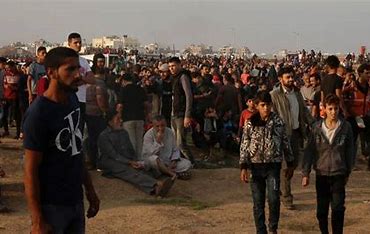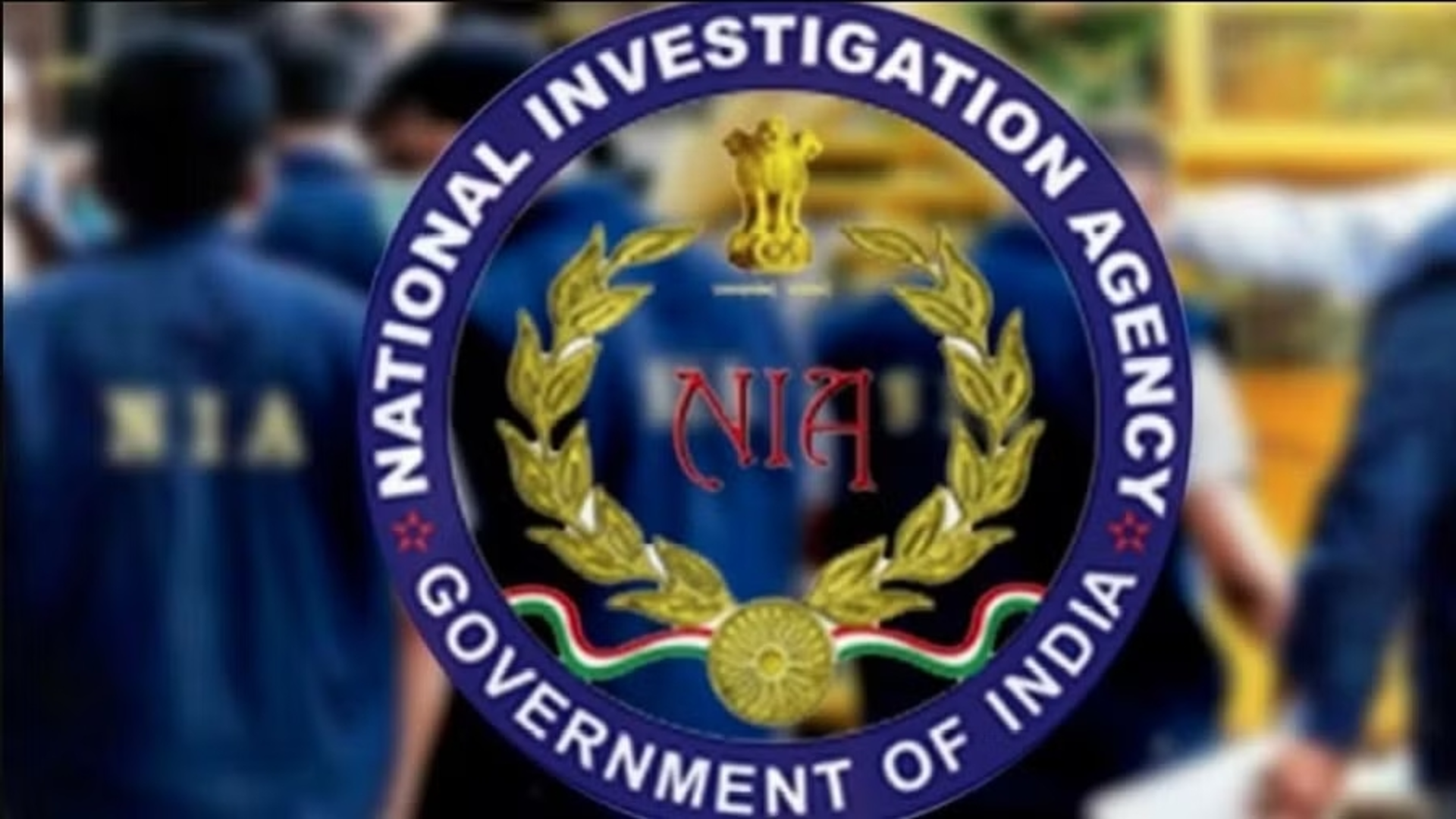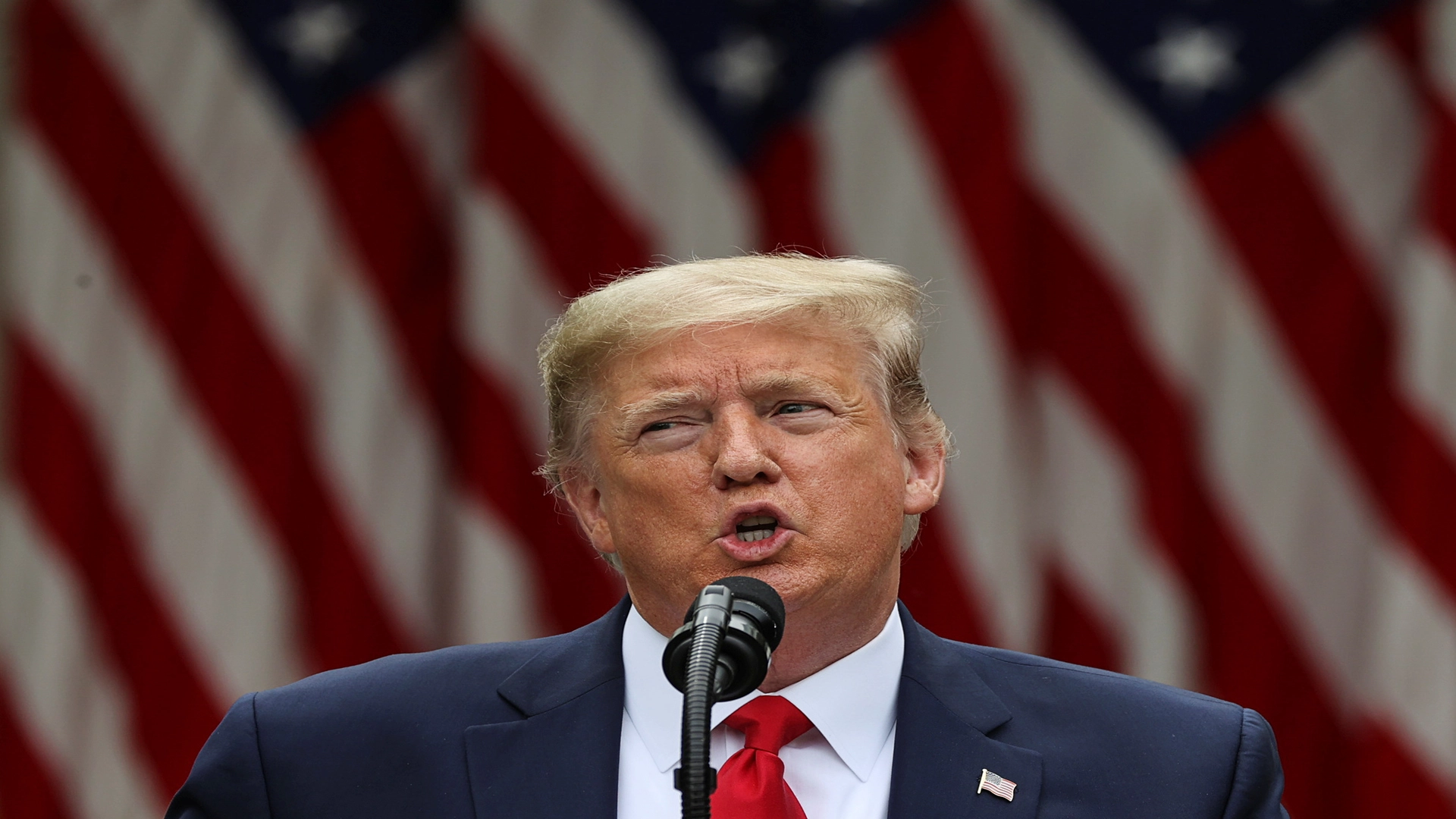
Bharat’s healthcare landscape has witnessed significant transformation in recent years, particularly under the visionary leadership of Prime Minister Narendra Modi. The challenges facing the Indian healthcare sector have been described ad nauseum with few offering concrete solutions. The authors consciously adopt a forward-looking stance while highlighting the existing as well as proposed government and policy driven solutions to the long-ignored healthcare spectrum in Bharat. The progressive yet inclusive policies of the government post 2014 came to the fore with the handling of the Covid-19 pandemic which functioned as a catalyst for innovation, investments, skill building and manufacturing.
Ayushman Bharat – national health protection mission is the world’s largest health insurance scheme has played a pivotal role in providing financial protection to millions of vulnerable citizens. Launched in 2018, Ayushman Bharat offers cashless insurance for secondary and tertiary care hospitalisation across empanelled public and private hospitals. It covers up to three days of pre-hospitalization and 15 days post-hospitalization expenses for diagnostics and medicines, up to ₹ 5 lakh per family per year. As of January 2024, 300 million Ayushman (digital identification) cards have been created. The Union budget for FY24 had allocated ₹7,200 crore for Ayushman Bharat, a number that is set to further increase in FY25. This government’s vision to focus on schemes that benefit vulnerable underserved population groups is highlighted in the creation and effective implementation of targeted strategies. Under the National sickle cell anaemia elimination Mission , multiple health camps have been organised in the tribal belts which bear the greatest burden of this disease. One of the earliest campaigns launched by PM Modi under the Ministry of Health and Family Welfare was its flagship programme, Mission Indradhanush.
As of October 2023, 12 phases have been completed and a total of 5.06 crore children and 1.25 crore pregnant women have been cumulatively vaccinated under the campaign. Mission POSHAN Abhiyaan or the national nutrition mission launched in 2018 is an umbrella program ensuring convergence of multiple schemes to improve nutritional status of children, adolescent girls and perinatal women. As of December 2023, 157 government medical colleges have been approved out of which 108 are operational – this represents an 82% increase since 2014. Additionally, 157 nursing colleges have been approved with an outlay of ₹1570 crore. The establishment of 22 new AIIMS and 75 upgradation projects of existing government medical facilities have been approved under PMSSY (Pradhan Mantri Sathya Suraksha Yojana). The six AIIMS approved under Phase-I are already fully functional. An additional sixteen hospitals were approved by the cabinet for upgradation to AIIMS level. As of November 2023, the Pradhan Mantri Bhartiya Janaushadhi Pariyojana (PMBJP), comprises of 1,965 medicines and 293 surgical equipment and has set up over 10,000 Janaushadi Kendras. The pharmaceutical production linked incentive (PLI) scheme launched in 2021 has selected 55 participants across the pharmaceutical manufacturing spectrum and already garnered investments worth ₹25,813 crore with the creation of 56,171 jobs and sales of ₹1,16,121 crore.
The PLI scheme for key starting materials, drug intermediates and active pharmaceutical ingredients has committed investments worth nearly 4000 crores from 48 applicants. These chemicals were the key missing ingredient in the pharma growth story during the pandemic and Chinese incursion related supply chain disruptions during recent years. The PLI scheme for medical devices has approved 26 applicants with 16 projects already operational and actively manufacturing 39 medical devices. As of January 2024, the government has also introduced the national single window system to streamline import of medical devices, clinical trials and drug/ device testing procedures. The National Ayush Mission (NAM) initiative provides for cost effective AYUSH services, integration of Indic knowledge systems into educational curriculum, facilitating the enforcement of quality control of Ayurveda, Siddha, Unani, and Homoeopathy drugs as well as increasing availability raw materials. In keeping with the times, the National Digital Health Mission (NDHM) was launched by PM Modi in 2020 with an ambition to create a seamless digital healthcare stack which allows for direct transfer of benefits, tracks disease burden and outcomes as well as increases accessibility. The government teleconsultation service eSanjeevani has a daily patient volume of 5 lakh patients daily with 2 lakh providers onboarded and nearly 100 million lives touched. Bharat ranks 7th in the health tourism market, attracting more than 56 million medical tourists and generating revenues of $16.3 billion. Proactive government measures, including the promotion of e-visas and integration into the Ayushman Bharat Digital Mission are noteworthy.
The advent of the health tech and startup landscape which has been fueled by private participation and facilitated by government policies. The total size of the health tech market is predicted to reach $35 billion by 2030, thus demonstrating exponential growth from the current $3 billion. The health-tech startup sector in India is booming, with over 3000 active startups striving to improve healthcare access in tier 2 and tier 3 cities. The recently launched MedTech Mitra platform builds on the mandate of the Atal Innovation Mission by hand holding medical device and pharma early-stage startups. The companies can consult with the governmental bodies including NITI Aayog, Indian Council of Medical Research and even the Central Drug Standard Control Organization to devise commercially viable regulatory strategies, set up clinical evaluations and plan a roadmap for product uptake.
Bharat’s pharmaceutical and healthcare sector has contributed significantly to the country’s revenue over the past decade with exports to 200 countries. It is simply beyond the scope of this article to cover all existing and planned government led healthcare initiatives. Prime Minister Modi and the government’s visionary policies shall continue to bear fruit into the future. The sheer scale of the healthcare landscape makes all of this seems like a drop in the ocean but that is exactly what is needed. Brick by brick, drop by drop we can, and we shall.














